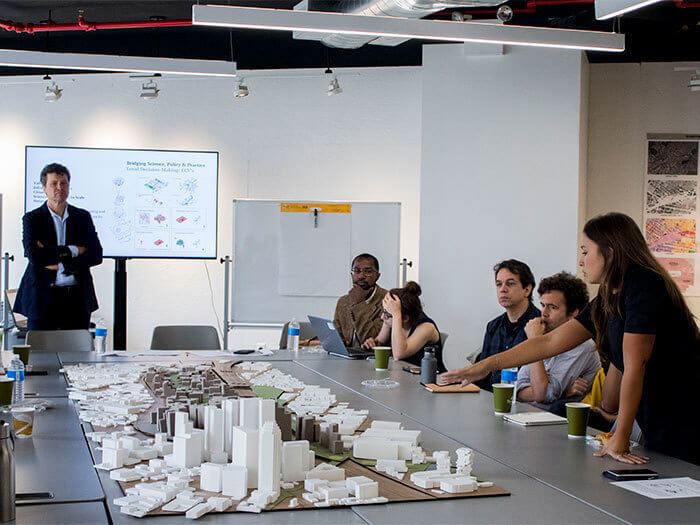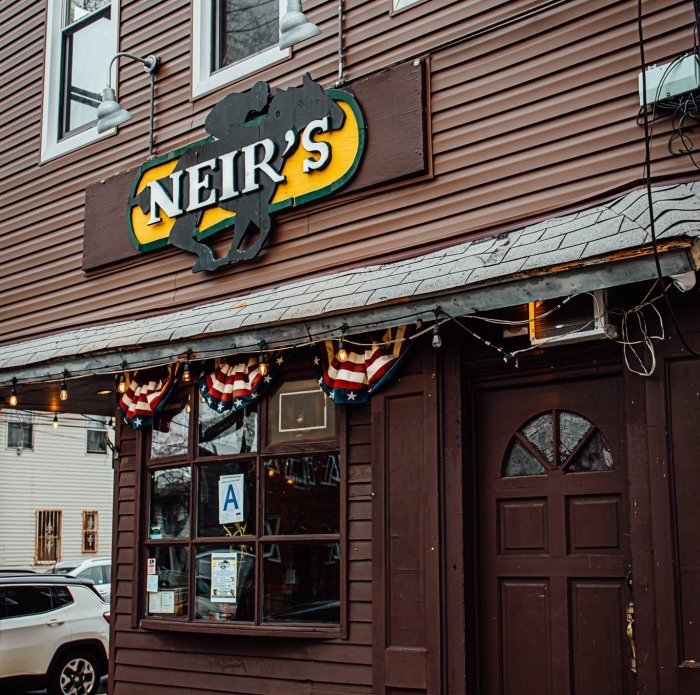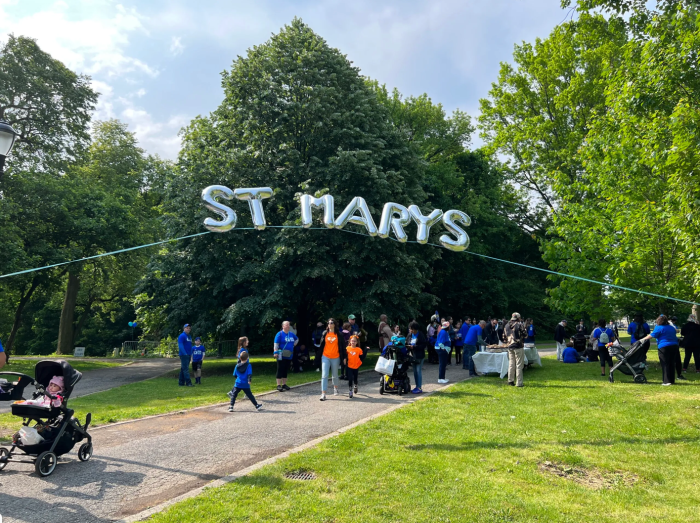A group of architecture students from a Long Island college presented a climate-focused development plan for Queens’ Sunnyside Yard.
As urban climate gets hotter, there is an increase in urban heat stress in dense neighborhoods such as the neighborhoods in Queens. These new developments can bring more buildings, concrete, and asphalt to a city, which increases the risk of flooding during storm events.
Graduate students from New York Institute of Technology (NYIT) School of Architecture and Design developed a plan for Sunnyside Yard that takes these considerations in mind, creating quantitative and qualitative interventions for the area. Students in the class then presented their final projects to a panel of experts, which included architects and NYC officials.
The project was led by Associate Professor Jeffrey Raven, FAIA, LEED, BD+C, as a part of his Urban Climate Lab Design Studio course last semester.
“I am inspired by the work of all our graduate students in our Urban Climate Lab Design Studio from spring 2018,” said Raven. “I was particularly proud of our graduate students who presented their research at the Urban Design Climate Workshop to international experts.”
Throughout the summer, students Luciana Barreto Nogueira Godinho, Juan Pedro Liotta, and Wenshuo Liu worked with to organize the New York City Urban Design Climate Workshop. The workshop, which took place at the NYIT-New York City campus in Manhattan on Aug. 11, provided a forum where leaders in the industry and policy makers could examine Sunnyside Yard and discuss how best practices could mitigate the effects of climate change in urban cities.
On the day of the workshop, the students were able to present their design, which took a climate-focused approach for the development of the site, in greater detail. The design considered four climate factors: efficiency of urban systems, form and layout, heat resistant construction materials, and vegetative coverage.
“We had the opportunity to show climate experts the proportions of this unique site,” said Liu. “We talked about challenges and opportunities of planning for that great scale. Instead of allowing market-based decisions to happen and determine urban form, we utilize climate factors to drive our design.”
During each of their presentations, the students answered questions from the group, giving them an experience they will take with them after graduation.
“I think this project will open new doors,” said Liotta. “Working on such a large-scale project has changed the way I will approach a design. The time has come for us to create a strong relationship between climate factors and urban design. We gained essential knowledge from the experts that will give us broader skills to create solutions to curb climate change.”































